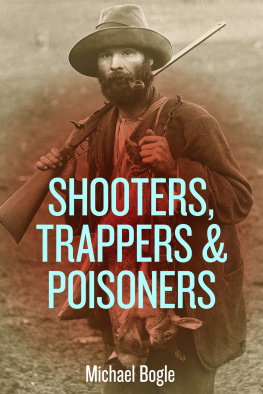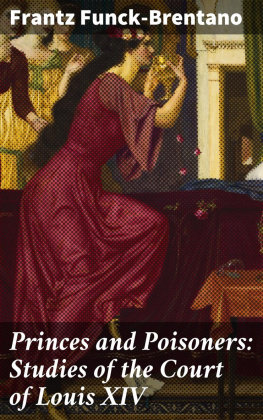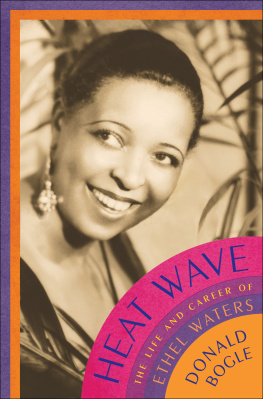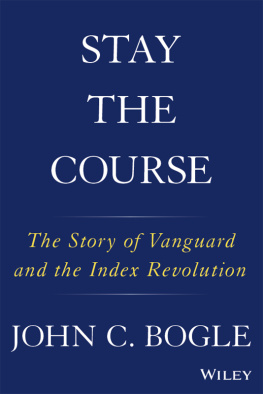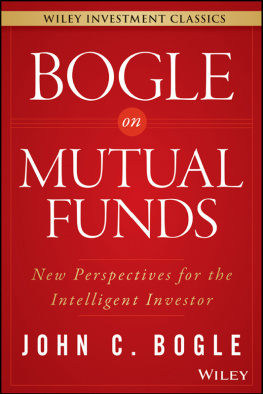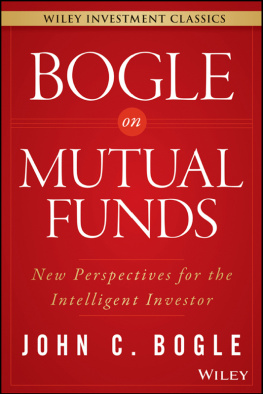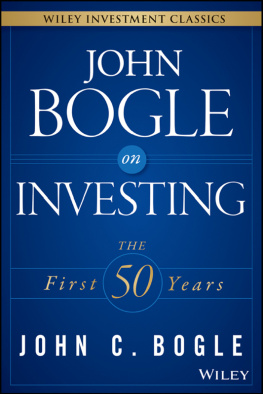MIchael Bogle - Shooters, Trappers & Poisoners
Here you can read online MIchael Bogle - Shooters, Trappers & Poisoners full text of the book (entire story) in english for free. Download pdf and epub, get meaning, cover and reviews about this ebook. year: 2015, publisher: MIchael Bogle, genre: Romance novel. Description of the work, (preface) as well as reviews are available. Best literature library LitArk.com created for fans of good reading and offers a wide selection of genres:
Romance novel
Science fiction
Adventure
Detective
Science
History
Home and family
Prose
Art
Politics
Computer
Non-fiction
Religion
Business
Children
Humor
Choose a favorite category and find really read worthwhile books. Enjoy immersion in the world of imagination, feel the emotions of the characters or learn something new for yourself, make an fascinating discovery.
- Book:Shooters, Trappers & Poisoners
- Author:
- Publisher:MIchael Bogle
- Genre:
- Year:2015
- Rating:5 / 5
- Favourites:Add to favourites
- Your mark:
- 100
- 1
- 2
- 3
- 4
- 5
Shooters, Trappers & Poisoners: summary, description and annotation
We offer to read an annotation, description, summary or preface (depends on what the author of the book "Shooters, Trappers & Poisoners" wrote himself). If you haven't found the necessary information about the book — write in the comments, we will try to find it.
Shooters, Trappers & Poisoners — read online for free the complete book (whole text) full work
Below is the text of the book, divided by pages. System saving the place of the last page read, allows you to conveniently read the book "Shooters, Trappers & Poisoners" online for free, without having to search again every time where you left off. Put a bookmark, and you can go to the page where you finished reading at any time.
Font size:
Interval:
Bookmark:
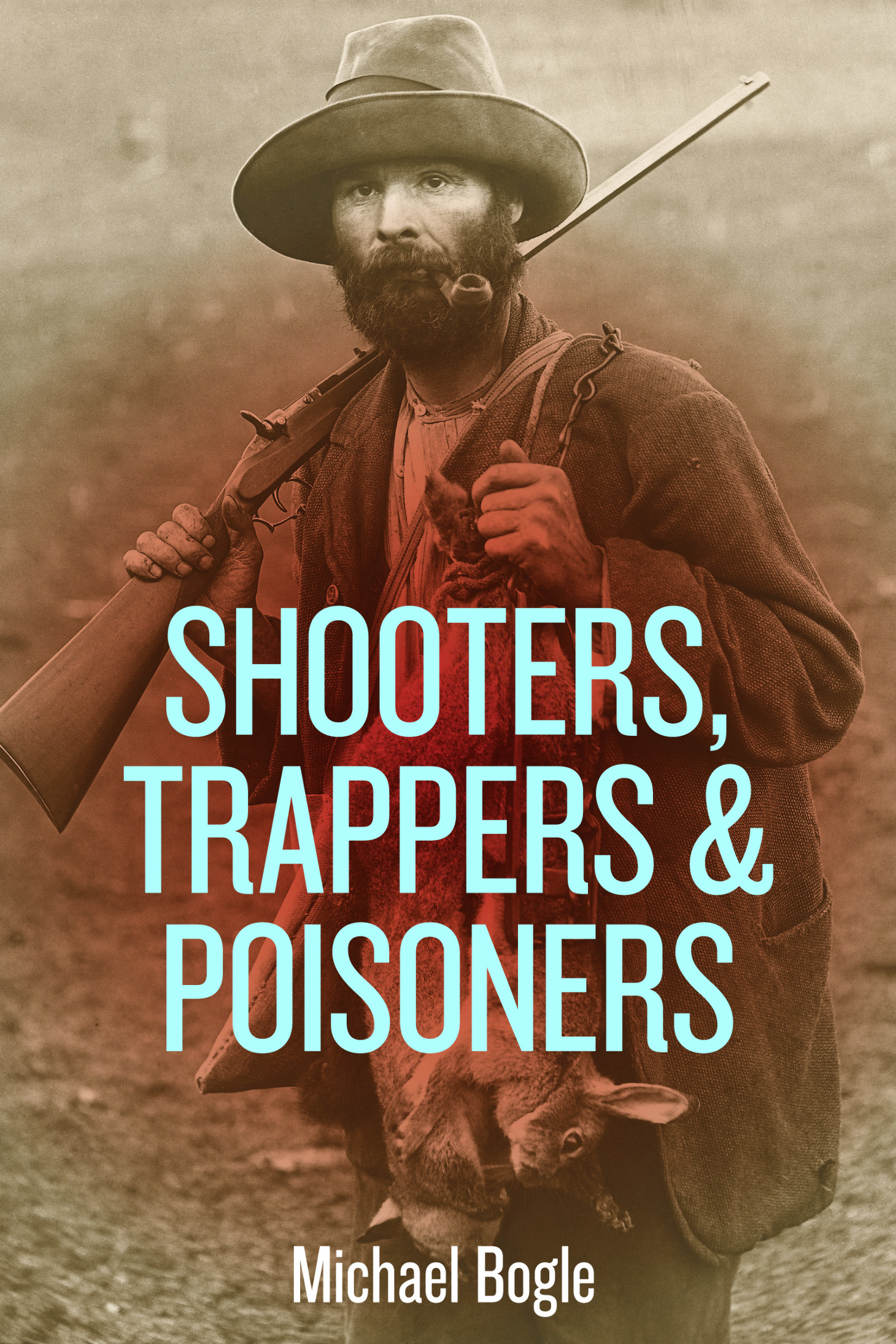
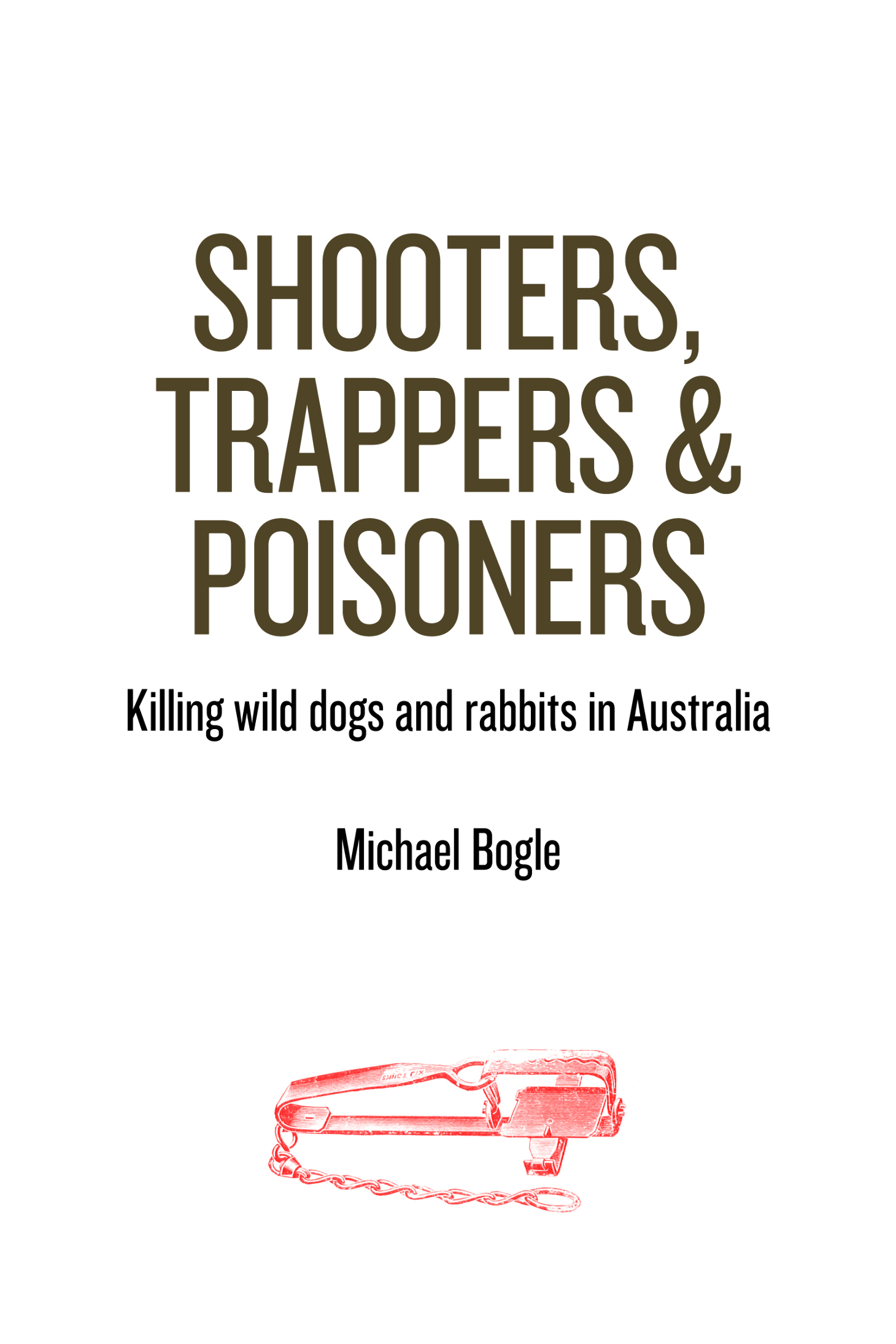
Australian shooters, trappers and poisoners of wild dogs and rabbits have been active for over 150 years. And as Les Murray writes in this verse from his 1990 poem, An Australian History of the Practical Man :
he enacts every logic you cant face
and the lands cleared for settlement
with arsenic and gun.
The pervasive pursuit of these feral animals continues to make a rich contribution to the Australian language, material culture (traps, firearms, knives, fencing, vehicles), rural values and the economics of land use. Shooters, Trappers & Poisoners captures some of this ethnography through analysis, images from the nations archives and libraries and the generous use of word picture extracts from newspapers and journals.
Research for Shooters, Trappers & Poisoners has been inspired by the prose of regional and urban journalists and columnists intrigued by the nomadic search for feral animals. Many of the prose sketches from newspapers such as The Mercury , Hobart, Sunday Mail , Brisbane, the Sydney Mail , the Longreach Leader, The West Australian , Perth, The Argus , Melbourne and others are luminous. It is no surprise that poets such as Rosemary Dobson, Les Murray, C.J. Dennis and John Kinsella have been drawn to this linguistic quadrant of our culture.
A special thank you to the collecting institutions mentioned in the captions for preserving and providing digital access to their picture and newspaper collections.
Pre-decimal currency is cited in pounds () /shillings /pence (d) using the Reserve Bank of Australias 2014 equivalents.
It is old Peter, one of those nomads of the bush who make a living by trapping or poisoning rabbits, foxes, eagles, and dingoes, the first for the skins, foxes for skins and scalp money, and the scalp money for dingoes and eagles, but he wouldnt miss a kangaroo if he had a chance, or a water rat either for that matter.
Allen T. Elliott. The Trapper. Nomad of the Outback. Brisbane Sunday Mail , 9 January 1938, p.31.
This book explores the rapidly receding world of Australian doggers and rabbiters as they trap, shoot and poison two of Australias most familiar feral animals, the dingo and its mixed-breed descendants characterised in the bush as wild dogs and the well-known feral rabbit. Two masterful authors, the late Eric Rolls and Brian Coman, have surveyed the introduction of the rabbit in Australia tracing the first introduction of this fecund creature to the First Fleet in 1788 with later documented introductions in 1791, 1825 (Tasmania), 1829 (Western Australia), 1834 (Victoria) and of course, Thomas Austins famous importation of wild rabbits at Barwon Park, Victoria in 1859.
Eric Rolls famed book They all ran wild (1969) describes in intriguing detail the colonisation of Australia by introduced animals of many species while the Victorian research scientist Brian Comans droll Tooth and Nail: The story of the rabbit in Australia (1999) blends anecdote and science to update and expand on the story of Comans underground mutton. Coman develops Rolls startling 1969 revelation that rabbits had propagated and spread throughout the mainland colonies and Tasmania, not by their own fecund nature, but by intentional introduction by colonists. However, the mythology of the creation of Australias rabbit plague from Thomas Austins Christmas Day 1859 release of rabbits on his Barwon Park property has entered the national consciousness. This anecdote has burrowed deep and seems likely to remain.
Two intertwined themes of the social and cultural practices of dogging and rabbiting are identified; one is the lucrative business of gathering, bundling and selling of their pelts and carcasses and the other is practical, examining the day-to-day (and night-to-night) shooting, trapping and poisoning of wild dogs and rabbits. And not infrequently, the hunters poison or shoot one another. Australia-wide surveys of contemporary regional and city newspaper accounts and memoirs are used to describe the mores and manners of Australian rabbiters and doggers as they work their deadly way through Australias feral animal population.
Most Australian methods for dealing with feral animals have their earliest parallels in the British Isles including the trapping, shooting, net-drives and poisoning of rabbits. While these practices influence some of Australias methods for feral animal control, the United Kingdom never faced the plague proportions of rabbits or wild dogs found in our continent.
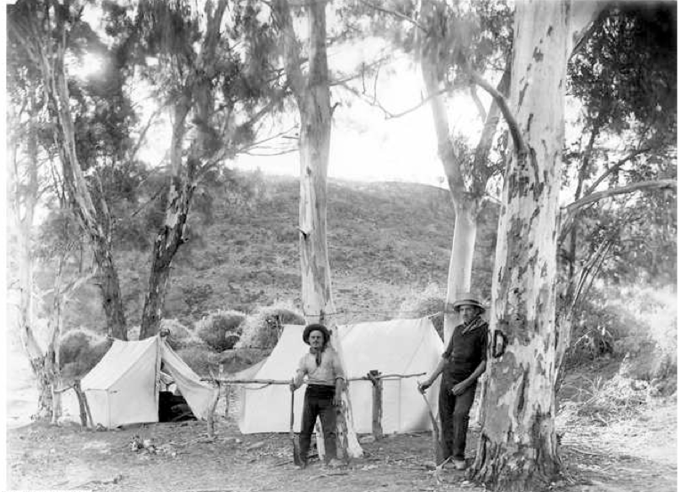
Rabbiters in the northern region of South Australia, 1907. The Searcy Collection, State Library of South Australia. no.PRG 280/1/4/241.
The commerce of rabbiting for carcasses and pelts also has a strong trade link with Britain as much of the highly profitable collecting, sorting and shipment of Australian rabbit skins went to London markets. Native animal pelts including koalas, water rats, the Central Australian golden mole and possums were part of the Australian fur trade. The record export year for rabbit pelts was 1926 when 134,024 CWT (6.8 million kilos) of rabbit hides were shipped. The hide economy was paralleled by the manufacturing and sale of tinned Australian rabbit for retail sale with the Melbourne-based McCraiths factories exporting rabbit meat to the British grocer Sainsburys at a rate of 32,000 cased rabbits per week in the late 1940s.
The circumstances, methods and motivations surrounding the destruction of Australian feral animals produced formal and informal animal control practices that continue to startle outside observers. The assignment of feral or vermin status to animals loosens the boundaries of acceptable behaviour, particularly in the context of amateur animal control measures. Surviving descriptions of rabbit drives concluding with rural men, women and children wading into a writhing carpet of rabbits to dispatch them with clubs and farm tools is an indication of a communitys revulsion at the massed population of animals. This palpable alarm is akin to the panic response that all animals, including humans, experience when attacked by a swarm of insects.
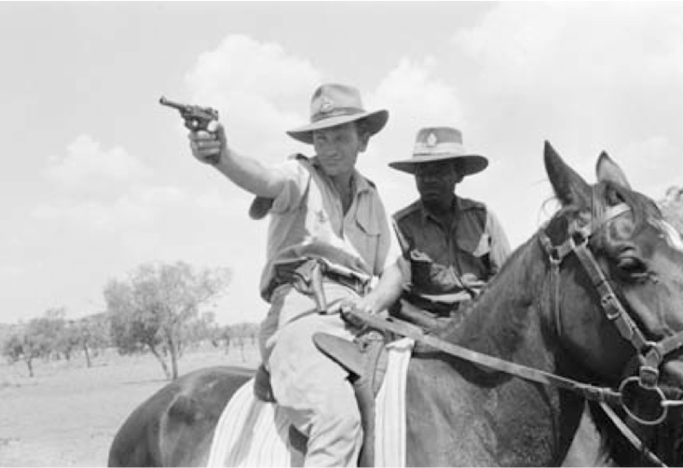
Constable Darken of the NT Police [and his Aboriginal deputy], shoot at dingoes, 1949. National Archives of Australia, no.A1200, L11653.
Amongst professional shooters, trappers and poisoners, extreme responses to feral animals are notable by their absence. For these men and women, this is their livelihood and memoirs and accounts often illustrate real sensitivity to animal suffering.
The public perception of the solitary rabbiter or dogger working in the bush is entangled with the romanticism of the Australian bush, the dusty image of the wandering sundowner and our innate fear of the dangers of the continents often inhospitable terrain. Rabbiting and dogging is not without overt danger particularly when the shooting of feral animals is pursued as sport. Professional hunters rarely trap, shoot or poison themselves. And with ironic detachment, the scientific communitys literature on feral animal management illustrates that professional and amateur shooting is largely an ineffective means of feral animal control.
Font size:
Interval:
Bookmark:
Similar books «Shooters, Trappers & Poisoners»
Look at similar books to Shooters, Trappers & Poisoners. We have selected literature similar in name and meaning in the hope of providing readers with more options to find new, interesting, not yet read works.
Discussion, reviews of the book Shooters, Trappers & Poisoners and just readers' own opinions. Leave your comments, write what you think about the work, its meaning or the main characters. Specify what exactly you liked and what you didn't like, and why you think so.

